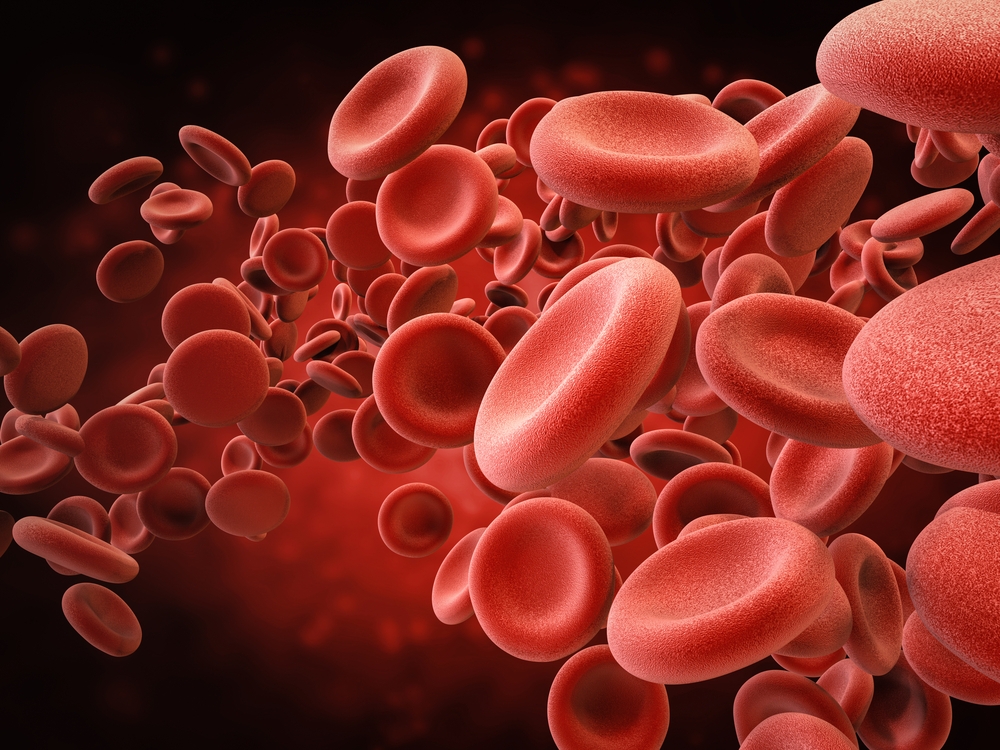Key to Early Diagnosis May Lie in Response to Chronic Anemia Treatment, Case Report Suggests
Written by |

Chronic anemia that does not respond to iron supplements might be a warning sign of Gaucher disease (GD) in children and could help with early diagnosis, a case report suggests.
The report, “Neuronopathic Gaucher disease presenting with microcytic hypochromic anemia,” was published in the International Journal of Hematology.
Gaucher is a condition caused by mutations in the GBA gene, which provides the instructions to make the enzyme glucocerebrosidase. This enzyme normally breaks up a kind of lipid called glucocerebroside, a molecule that accumulates in the patients’ cells affecting how well organs such as the liver, spleen, bone marrow, and nervous system work.
Symptoms like anemia and an enlarged spleen and liver are observed more frequently in younger patients. In older patients, bone and nerve cell damage are more common.
A team of researchers in Korea reported the case of a 1-year-old boy with prolonged anemia, who was later diagnosed with GD. There was no family history of hereditary diseases.
The patient’s liver and lymph nodes were normal in size, but he had anemia with small red blood cells and reduced hemoglobin inside the cells. He also had low iron in the serum and low ferritin — the protein that stores iron in the blood.
He was diagnosed with microcytic hypochromic anemia (common in children), with a normal white blood cell and platelet count, and was treated with an oral iron solution.
His symptoms improved after a month, but two months later, the doctors found he had an enlarged liver and spleen. Further analysis revealed impaired maturation of red blood cells, and cells with an abnormal accumulation of lipids (Gaucher cells).
The boy also had low GBA activity (7.8% of a normal patient). A gene mutation analysis showed that he had the same mutation in each copy of the GBA gene, L444P, which commonly causes Gaucher symptoms in a child’s first year.
After being diagnosed at 15 months with type 1 GD, he started enzyme replacement therapy (ERT) with Cerezyme (imiglucerase, by Sanofi), which eased the anemia, normalized blood counts, and reduced the liver and spleen size.
At age 8, problems with vertical eye movement and mildly impaired cognitive function were evident, leading to a diagnosis of type 3 disease. While Cerezyme is only approved for type 1 Gaucher, the boy continued this therapy.
Researchers noted that “even though the signs and symptoms of GD appear during childhood in most patients, the diagnosis is often delayed for many years, even until adulthood. This occurs partly because physicians, including hematologists, do not always consider GD in their differential diagnoses.”
“Delayed recognition of this disease leads to late treatment, which in turn translates into a higher probability of irreversible consequences,” they added.
They also stressed that neurological symptoms tend to appear later, so different doctors, such as hematologists, should be aware of Gaucher and recommended that “if the child is refractory to iron therapy … GD should be investigated as a potential culprit.”


